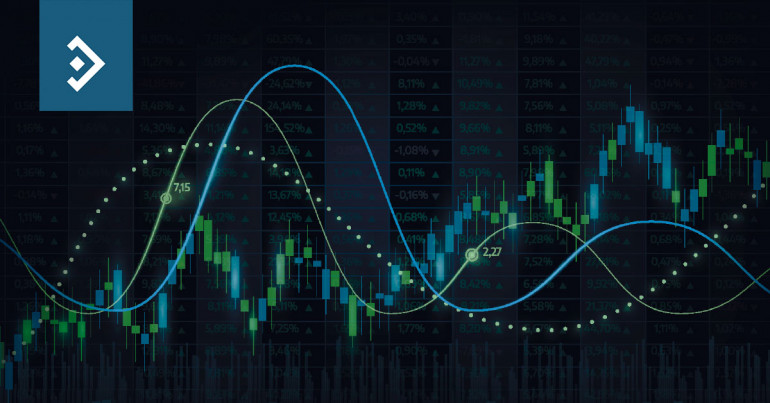
Recovery to overshadow Brexit hit
Morning mid-market rates – The majors
7th August: Highlights
- BoE strikes brighter note
- Jobless claims improving, now for NFP
- Forget V-shaped, Its heading for a swoosh
No deal? No problem
There is a very real caveat, and that is the extent to which the economy may be affected by a second spike of the Coronavirus epidemic. New infections across the larger EU economies are currently running at a rate of about double what is being seen in the UK. It is assumed that the UK follows mainland Europe by between two and three weeks, so it is obvious that the next month will be critical.
The Government will be at pains to be better prepared this time, using the knowledge it has gained from the original outbreak. PPE shortages and a possible overrun of the Health Service are unlikely. However, the one unpredictable will be the reaction of the public. It is impossible to gauge just what that reaction will be once the relative freedom of the lifting of the lockdown has been sampled.
Despite this note of optimism, Bailey still said he anticipates the economy will shrink by 9.5% this year and employment may breach 2.5 million by the end of the year.
As anticipated, planning rules in England are about to be relaxed although there are concerns (aren’t there always), that future developments won’t receive sufficient scrutiny.
That is for the future, but for now the Government will be concentrating on supporting economic development, limiting any second spike, and trying to balance the budget.
The pound reacted well to the positivity seen yesterday. It rallied to 1.3185, its highest level since March 9th, it fell back a little to close at 1.3160. Versus the euro, it remains in a fairly narrow channel between 1.1180 and 1.0980
Considering your next transfer? Log in to compare live quotes today.
Trump threatens unilateral action over relief funds
In the latest twist over Pandemic relief, following the expiry of the Bill originally passed in March, the President is threatening to intervene. He has asked Federal Agencies to confirm how much they have left in the pot from the overall pandemic Cares Act and is said to be looking into diverting those funds into the unemployment relief pot.
It is hard to look at this as anything other than a blatant piece of electioneering as those affected by the expiry of the Bill will be concerned about being able to pay household bills and feed their families.
Yesterday’s jobless claims data showed that in the previous week, claims fell from around 1.4 million to a little over 1.1 million. This is positive but could also be a short-lived boost. Continuing claims were around 750k less than in the previous week. The volatility of this data is a concern as the lifting of the lockdown should be having a more significant effect.
The latest prediction for the Non-Farm Payroll data which will be released later today is for 1.6 million new jobs to have been created. That would be down from 4.8 million in June but, as is usual, that data is subject to adjustment.
The dollar index remains under pressure as the market’s concerns over the degree of control being exerted and action being taken to ensure that a second spike is limited continue to concern traders.
The index fell to a low of 92.49, closing barely changed at 92.80. While there is still extreme volatility surrounding the index, the low seen yesterday was the third successive fall to that level. It may take something extraordinary to push it to a close below that level but for now chartists probably favour shallow rally.
Record rise something of a Red Herring
This is fairly typical of what has been seen across most major economies. The weakness seen during lockdown was, perhaps, not as bad as had been feared while the recovery hasn’t been as strong as had been hoped for.
As we said earlier in the week, it is all about confidence, and if the German data leads people to believe that employment will flourish should orders continue to increase then all is well and good.
The length of the recovery in the Eurozone is expected to be longer than either the U.S. or UK, that is because there has been more generous support given to workers which has seen them support their economies.
Across the Eurozone, although it has varied from country to country, in general the economies of EU states stopped dead, and support took some time to filter through. This meant that retail sales experienced a gap which was not seen in either the U.S. or UK although the levels fell.
The current level of the euro is determined by the falls for the dollar as traders seem unable to decide if the euro is too expensive at its current level. This is of course a proxy for their opinion of the dollar which is set to play out right through until the next Fed meeting. Yesterday it rose to a high of 1.1916 but it fell back to close at 1.1878.

About Alan Hill
Alan has been involved in the FX market for more than 25 years and brings a wealth of experience to his content. His knowledge has been gained while trading through some of the most volatile periods of recent history. His commentary relies on an understanding of past events and how they will affect future market performance.”



